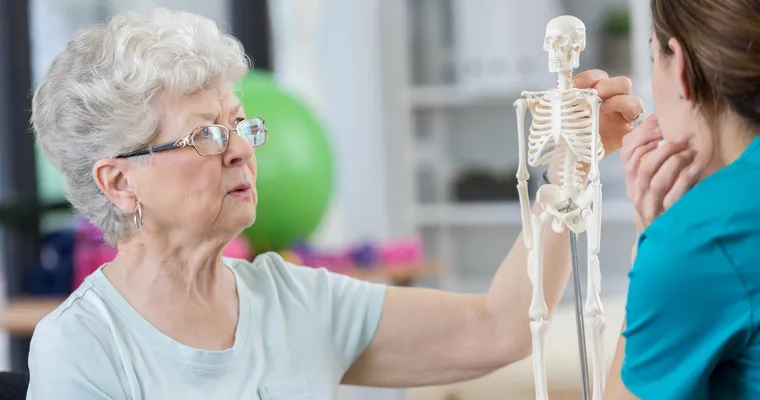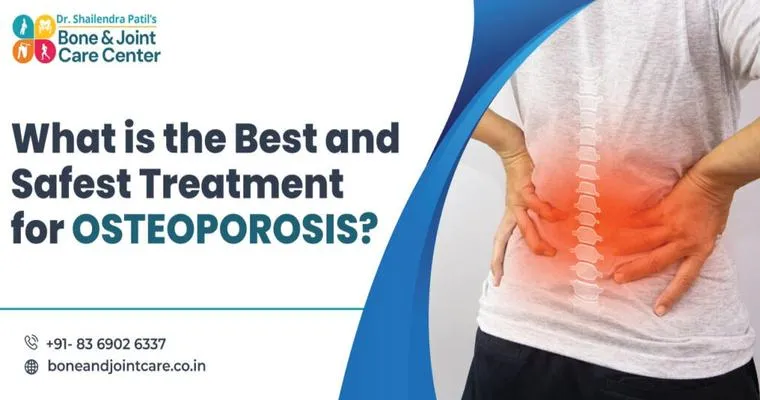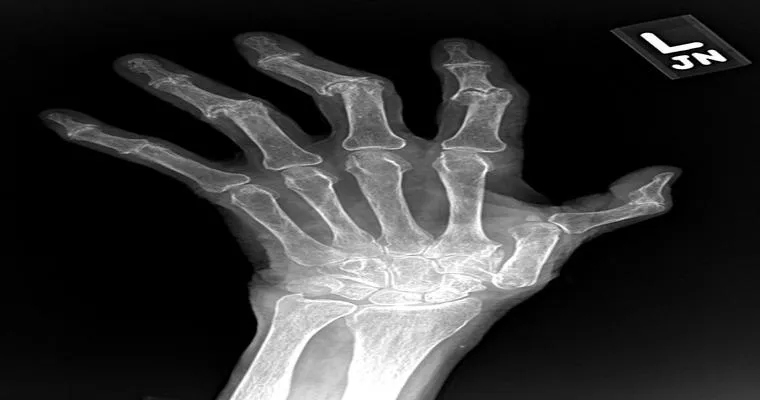As a "caregiver", understanding the complexities of "osteoporosis", fractures, and overall "senior bone health" is essential for providing the best care for your loved ones. Osteoporosis is a condition that weakens bones, making them fragile and more susceptible to fractures. With the aging population, it is increasingly important to recognize the signs, risk factors, and preventive measures associated with this condition. This guide will provide you with the knowledge to help manage and support the bone health of seniors in your care.
Understanding Osteoporosis
Osteoporosis is often referred to as a "silent disease" because it typically progresses without noticeable symptoms until a fracture occurs. It is characterized by low bone mass and deterioration of bone tissue, leading to an increased risk of "fractures". The primary risk factors for osteoporosis include age, gender, family history, and lifestyle choices such as diet and physical activity.
Risk Factors for Fractures
Seniors are particularly vulnerable to fractures due to several factors:
1. "Age": Bone density decreases as people age, making bones more fragile.
2. "Gender": Women are at higher risk, especially post-menopause, due to decreased estrogen levels.
3. "Medical Conditions": Conditions such as rheumatoid arthritis, diabetes, and hormonal disorders can contribute to bone health deterioration.
4. "Medications": Certain medications, including corticosteroids, can weaken bones over time.
Preventive Measures
As a caregiver, you can play a crucial role in preventing osteoporosis and fractures by encouraging healthy habits:
1. "Nutrition": Ensure that seniors receive a balanced diet rich in calcium and vitamin D. Foods such as dairy products, leafy greens, and fortified cereals are excellent sources.
2. "Exercise": Promote regular weight-bearing and muscle-strengthening exercises, which can help improve bone density and balance. Activities like walking, tai chi, and resistance training are beneficial.
3. "Fall Prevention": Make the living environment safer by removing tripping hazards, using non-slip mats, and ensuring adequate lighting. Consider using assistive devices if necessary.
4. "Regular Check-ups": Encourage regular medical check-ups and bone density screenings. This can help detect osteoporosis early and manage it effectively.
Recognizing Signs of Osteoporosis and Fractures
As a caregiver, being aware of the signs of osteoporosis and fractures can help in early intervention. Look for the following:
"Loss of height": A noticeable decrease in height can indicate spinal fractures.
"Back pain": Sudden or severe back pain may suggest a fracture in the spine.
"Stooped posture": A hunched back can be a sign of weakened bones.
"Unexplained fractures": Any fracture from a minor fall or accident should be evaluated promptly.
Supporting Senior Bone Health
In addition to preventive measures, caregivers can support seniors in managing osteoporosis and maintaining bone health through the following:
"Medication Management": Ensure that seniors take prescribed medications as directed to help strengthen bones and reduce fracture risk.
"Education": Educate seniors about the importance of bone health and the role they play in their own care.
"Emotional Support": Osteoporosis can lead to feelings of fear and anxiety about mobility and independence. Offering emotional support and encouragement can help alleviate these concerns.
Conclusion
Caring for seniors with osteoporosis requires a multifaceted approach that includes education, prevention, and support. By understanding the risks and implementing strategies for maintaining "senior bone health", caregivers can significantly reduce the likelihood of fractures and enhance the quality of life for their loved ones. Remember, proactive care and awareness are key to managing osteoporosis effectively.





